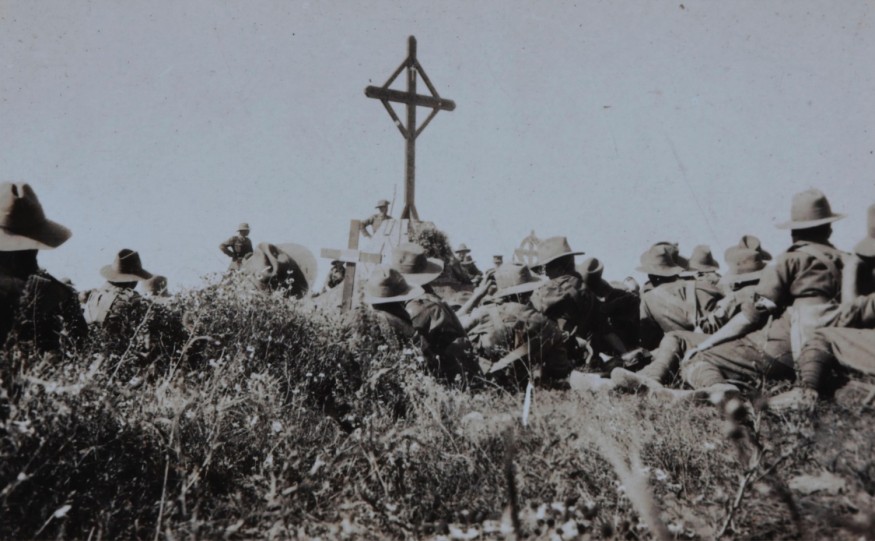
We all know the terror that wars have brought. But what we probably have been ignoring is its impact on nature and especially on the wildlife.
According to the study of the University of Idaho, at least two-thirds of the world's biodiversity hotspots had suffered from military disputes at least once between 1950 and 2000.
Militaries often set floras and faunas on fire. Sometimes, they threw chemicals that are detrimental to the environment. But once the war ended, Mother nature will reclaim this spot and potentially build sanctuaries where the wildlife victims can roam freely.
A New Symbol of Hope in Korea
The "Fatherland Liberation War" between the two Korea ended in 1953 through an agreement. Since then, the 250 kilometers long and 4 kilometers wide military zone between the two countries became demilitarized.
Although the presence of the military in that area is still strong, a few decades later, the zone became an "accidental sanctuary", according to Seung-ho Lee, the president of the Demilitarized Zone (DMZ) Forum.
The South Korean Ministry of Environment reported that the zone becomes the new home of at least 5,000 species, including Asiatic black bears, Amur Leopards, and Amur gorals.
Because of this, the leader of both countries, Jim Jong Un from North Korea and Moon Jae-in from South Korea, made a pact of transforming the area into a peace zone by ending any act of hostilities along the border.
The Green Line that Divides Two Nations
In 1960, the Greek and Turkish Cypriots declared war with each other. This resulted in dividing the island of Cyprus into two by what is now known as the "Green Line".
Decades later, the buffer zones became abandoned yet restricted except to some "Civil Use Areas" where more than 10,000 people live.
This helped the wilderness to flourish. According to some reports, at least 350 plant species, including the rare Cyprus Bee Orchid and Cyprus Tulips, grow in the buffer areas. Previously presumed to be endangered or extinct Schneider's Skink lizard, Lapwing, and Cyprus Spiny Mouse were also found living comfortably in this area back in 2007.
According to Aleem Siddique of the United Nations Peacekeeping Force in Cyprus, caring for the environment can act as a "catalyst" that could connect the two communities by working together on the same cause. And for him, the UN forces will have a "delicate" role in this.
The Abandoned Bunkers that Gave Shelters to Wildlife
After the Green Line, we have here the Purple Line located at the Golan Heights, a rugged plateau that separates Israel and Syria.
Although the outside areas still show the evidence of the violent pasts, the area covered with barbed wire is said to be the home of wildcats, gazelles, hyenas, and wild boards, and various rare orchids. The Mount Hermon, which occupies most part of the northern half, is also the home of at least 100 different butterfly species, including a new one discovered in 2017.
The plateau has also become the resting ground of at least 500 million migratory birds that travel to Africa from Europe and Asia, according to Shmulik Yedvab of the Society for the Protection of Nature in Israel.
Yedvab also said that the abandoned military bunkers became the home of many species, primarily bats.
ALSO READ : Civil War In Congo Pushes Gorillas To Extinction
© 2025 NatureWorldNews.com All rights reserved. Do not reproduce without permission.





